Madagascar Highlights – part 1 of ???
Carol and I had the opportunity to take a working vacation to Madagascar in September. It is the fourth largest island in the world, larger than California, but smaller than Texas, covering 227,800 square miles, the island is about 1000 miles long and 250 miles wide. We flew from Phoenix, Arizona to London (about 10 hours in the air), London to Johannesburg, South Africa (about 11 hours in the air), and then finally from Johannesburg to Antananarivo (Tana for ease of pronunciation). We had set up an organized tour with one other couple, Jean Lewis and Jerry Daharsh, in order to get a feel for the southern half of the country. Our tour, booked through Jolene at Kensington Tours, took us to Ranomafana National Park, Isalo National Park, the southwestern coastal area around Toliara, and the tsingy around Bekopaka which is about 200 KM north of the western town of Morondava .
While driving through Tana to get on RN7, the national highway that goes from Tana to Toliara, we could not help but notice all the land being utilized for making bricks and for rice cultivation. Rice is one of the staple foods in the Malagasy diet, so a lot of land is devoted to its cultivation, while the houses are primarily of mud-brick construction.
At one stop, we met a very nice family, and with Jean speaking French and our driver/guide Lina speaking Malagasy, we learned a lot about one of the buildings they had under construction and their way of living.
During one of our lunch stops, we were treated to some local musical flavor by the band Marolafy who had an interesting blend of percussion and homemade stringed instruments.
Our first major stop was the Ranomafana National Park which is situated in tropical rainforest in, more or less, the southeastern part of the country and about 65 KM (40 miles) northeast of Fianarantsoa. The park was established in 1991 as an outgrowth of Dr. Patricia Wright’s work with lemurs and conservation in Madagascar, and her founding of the Institute for the Conservation of Tropical Environments and Centre ValBio. We had the good fortune of meeting Dr. Wright at the Centre ValBio research campus. Check out the IMAX film “Island of Lemurs: Madagascar” to see some of the work that is being done.
We spent two days hiking in the Ranomafana National Park and saw a lot of really cool lemurs, birds, insects and herps. I would advise anybody who is interested in birding in the park to make sure and do a lot of neck exercises prior to your visit as the birds like to perch near the tops of the very tall trees! We saw birds such as Copsychus albospecularis the Madagascar Magpie Robin and Hypsipetes madagascariensis, the Madagascar Bulbul. It seemed that every bird was identified as the Madagascar ________ (fill in the blank). Even though the diversity of plants, birds, insects, herps and lemurs was quite high and the endemism of all is really high, I was astounded to notice the lack of numbers of any one group outside of the plants. We would hear the birds, but, with the rare exception, only see one or two of each species. The same with the herps and insects.
One of the coolest insects was Trachelophorus giraffa, commonly known as the giraffe beetle or giraffe weevil. This Madagascan endemic has a long neck, similar to that of the real giraffe. The male and female are readily distinguished by the neck length, with the male having a neck up to 2-3 times as long as that of the female. The female will lay her single egg inside a rolled up leaf section of the Dichaetanthera cordifolia or D. arborea, both are small trees in the Melastomataceae, and then snip the roll from the rest of the leaf for the egg to hatch.
After our first hike in Ranomafana, Carol and I went back to the hotel with the driver while Jerry and Jean walked back. On their way back, some local boys brought them a really cool insect that is yet unidentified. I tried photographing it back at the hotel and this is the best I could do due to its high rate of activity (it was scooting around quickly).
This metallic green insect with the orange head was very active and seemed to know just when I was going to take its picture. I did manage to get the drop on one of them for one shot that is not blurry. Again, sorry for the lack of ID, but I was way out of my element, so any thoughts would be appreciated.
I found an interesting spider outside one of the cabins at the hotel which was fascinating. It appears to be an orange and white thorn spider in subfamily Gasteracanthinae. Any spider experts out there? My ID attempt has come up with Gasteracantha versicolor formosa, also known as long-winged kite spider.
The lemurs were elusive and seemed to favor spots very high up in the trees or bamboo, and being in a jungle-like forest, good photos were hard to come by. I have quite a few “butt shots” of them and many shots of places were birds were, but had vacated a split second before I snapped the shot. Oh well, good thing I had been implored by good friend Jeff Chemnick to buy a good pair of binoculars prior to the trip. Those are a must have! I’m guessing the one pictured below is Hapalemur griseus griseus, the Gray Bamboo Lemur, but any corrections or confirmation would be appreciated.
We went out at night to see some of the wildlife that emerged after the sun set. There was a small Mouse Lemur hiding in a tree, some frogs and chameleons that managed to hold still long enough for everybody to get a picture or two. My good friend and herp expert, Rob Nixon, comes through again. He just identified the frog as Boophis madagascariensis, the Madagascar Bright-eyed Frog, the chameleon as Calumma glawi, and the gecko as Phelsuma quadriocellata commonly called the peacock day gecko.
As I wrote earlier, the plants were difficult to photograph, and there were no really awesome succulents to be seen in Ranomafana N.P., but we headed down to Isalo N.P. and I will actually have some plant photos in the next installment of Madagascar Highlights.
Need more Madagascar? Here’s Part 2.
Posted in: Uncategorized
Leave a Comment (11) ↓
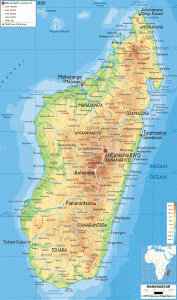



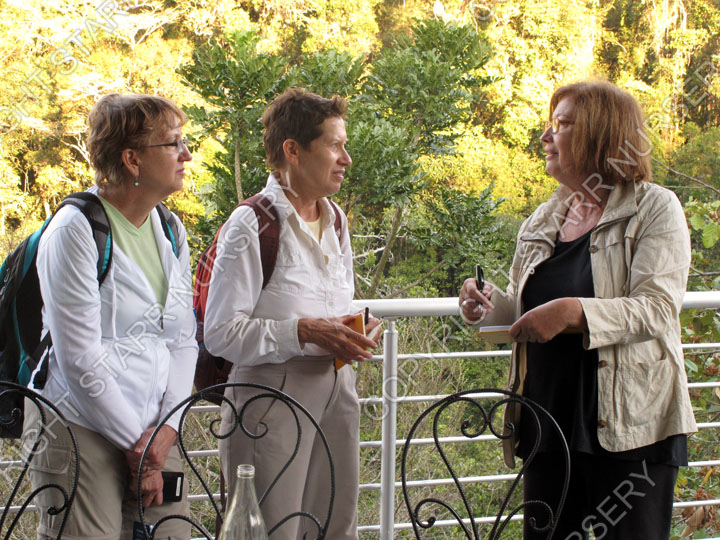

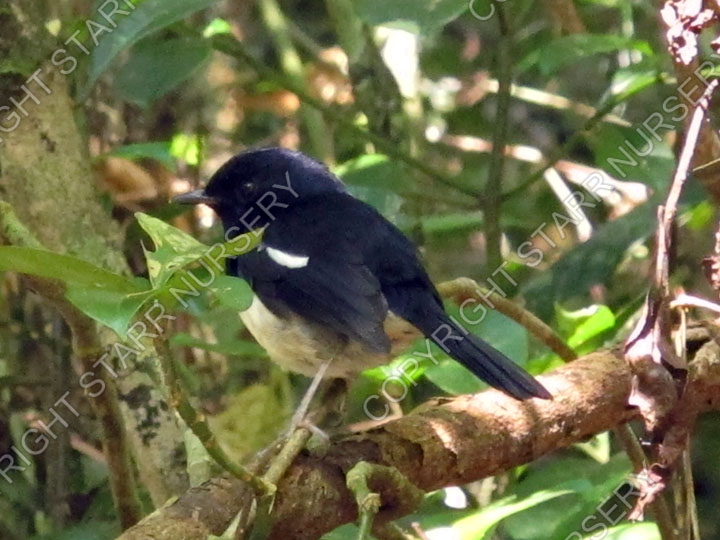

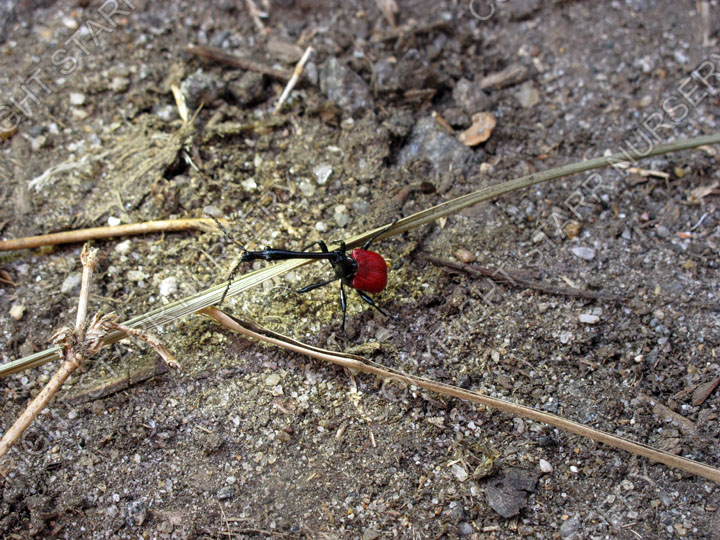

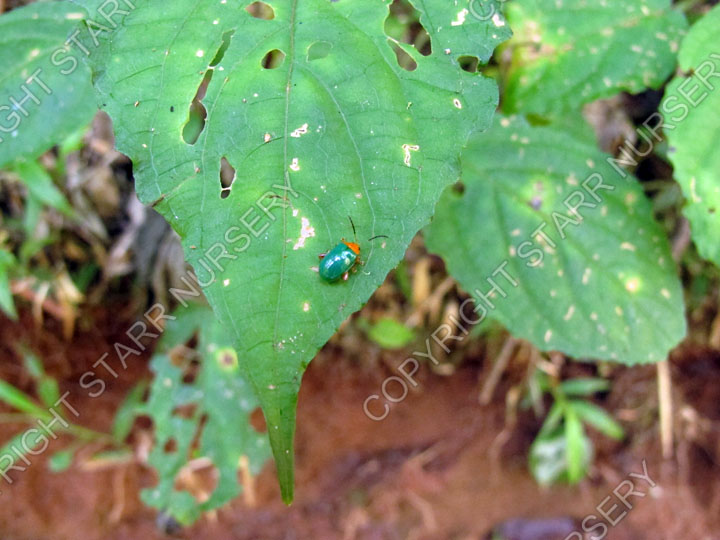
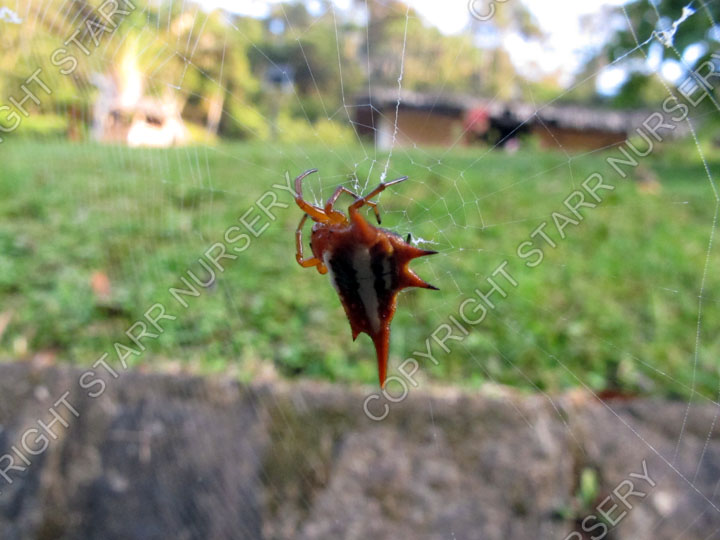

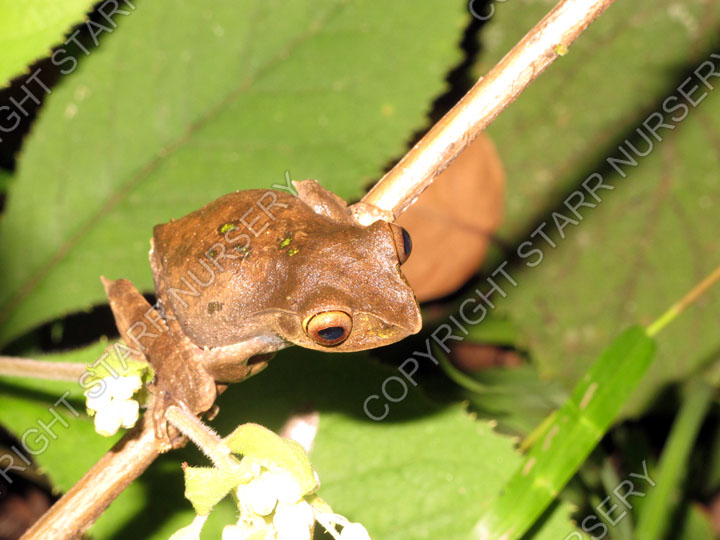

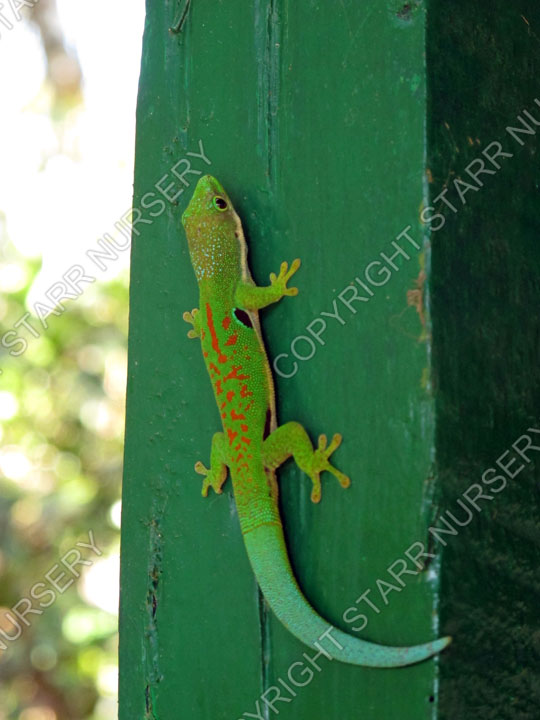
How cool is that, Thanks for posting the photos Greg.
Awesome blog Greg the gardner! Love to hear of your adventure and see your photos! Can’t wait for the next installment!
More, please!
Will do!
Wow, guys! What an adventure!
Greg, I can’t help but reflect on the juxtaposition between this tropical area of Madagascar and the Vizcaino Desert! Looking forward to more on your great blog!
The Monger
It is difficult selecting from over 3500 pictures, but will be on the task in a week or so.
Awesome! Can’t wait to see some more of the pictures.
Will be working on part 2 upon my return from Philly. Have to go be the cause of laughter in the aisles this weekend.
Awesome peek into the lives of the residents of Madagascar! Beautiful! Thanks for sharing.
What a cool adventure ! So many really different things in one place.
Awesome pictures Greg. Thanks